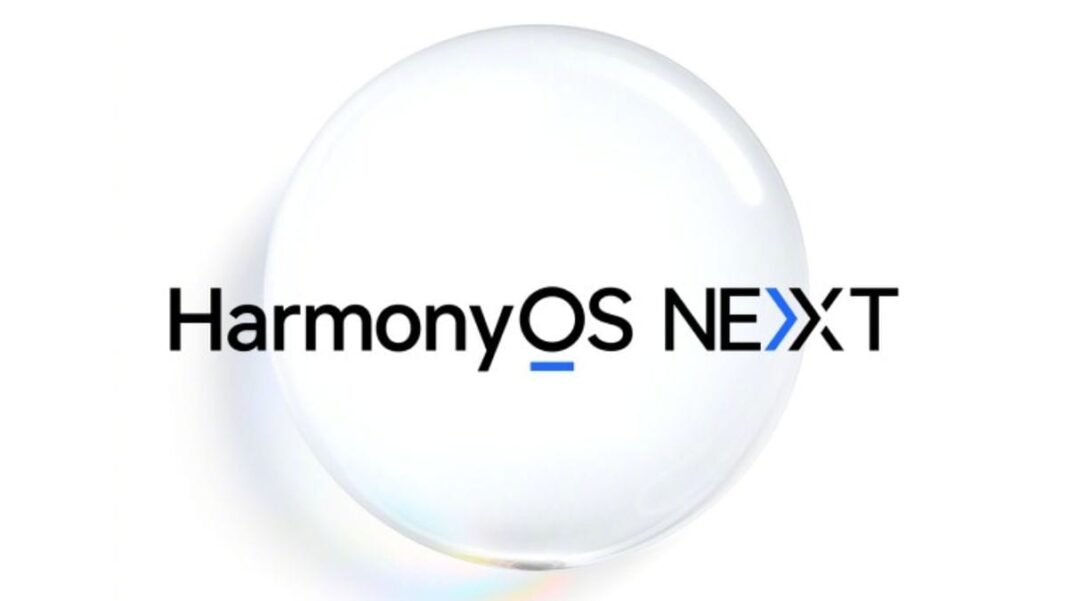In Short:
Huawei will unveil its new operating system, HarmonyOS Next, in China on October 22. Unlike previous versions, this OS is built on the Hongmeng kernel and won’t support existing Android apps. It features an AI assistant named Celia and will support over 10,000 applications. The update aims to enhance security and reduce development costs for developers.
Huawei has officially confirmed that it will unveil its proprietary operating system, HarmonyOS Next, in China next week. The announcement was made via social media on Tuesday. Initially, there were expectations for a release in September, but that announcement did not materialize. Unlike its previous systems which relied on Google’s Android Open Source Project (AOSP) code, HarmonyOS Next is built on the Hongmeng kernel and system architecture. Consequently, existing Android applications functioning on Huawei devices will not be compatible with this new operating system.
Huawei HarmonyOS Next Launch
According to a post on the Chinese social media platform Weibo, the launch of HarmonyOS Next is scheduled for 7 PM local time on October 22. This timing is believed to coincide with the anticipated release of the new Huawei Nova 13 series, for which pre-reservations have already begun.
Huawei previously previewed a developer version of this new OS last year, showcasing design elements reminiscent of Harmony OS, Huawei’s Android skin. Features such as app arrangements, widgets, the notification bar, and control center appear to reflect this aesthetic. The company has also confirmed that HarmonyOS Next will support over 10,000 applications and services across its smartphones and other devices.
The architecture of HarmonyOS Next is significantly enhanced by artificial intelligence (AI), embedded from the kernel level to applications. Huawei asserts that the OS will facilitate not only the control of system elements but also integration with third-party applications. A built-in system-level AI assistant with advanced understanding and interaction capabilities will be included.
This AI agent, known as Celia, utilizes Huawei’s Pangu large language model (LLM) and can leverage third-party cloud-based AI models to deliver improved services. As a result, HarmonyOS Next is equipped to provide personalized content and intelligent services tailored to various scenarios.
Furthermore, Huawei claims that HarmonyOS Next will help reduce adaptation and development costs for developers by offering 18 pit code samples and native interconnection kits. The OS also incorporates the new star shield security architecture, ensuring what the company describes as nuclear-level system-wide security.





